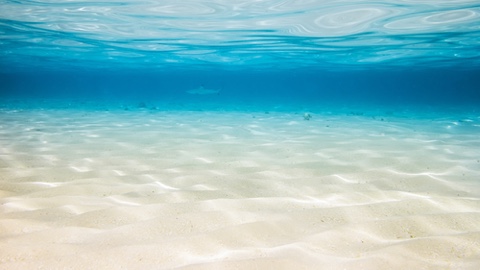
Researchers from the University of Washington and Columbia University’s Lamont-Doherty Earth Observatory are reporting the successful deployment of three undersea drones which will be autonomously monitoring the ebb and flow of sea ice in the Antarctic. Drones and probes were put into the water in January of this year and were able to navigate through the ice crevasses on the underside of the ice shelf. Currently, they are in semi-hibernation mode, sealed underneath the sea ice. Monthly, one of the drones – called Seagliders – will be activated to survey ocean conditions. Factors such as salinity, temperature, and oxygen content will be measured – data that scientists were unable to gather previously. The data will be stored aboard the drones and transmitted to the University of Washington via satellite in November, when the sea ice retreats enough to let the drones surface.
“We are so pleased with both the initial data collection and the unprecedented operational success of the mission thus far,” Spencer Reeder, director of climate and energy for Paul G. Allen Philanthropies, said. “It is hard to fathom that we have already witnessed multiple fully autonomous Seaglider forays of up to 140 kilometers round-trip under the ice shelf.”
The project was funded by almost $2 million in funding from Microsoft co-founder Paul Allen. His donation supported the development and deployment of the self-propelled, battery-powered Seagliders, as well as free-floating probes. The Seagliders are designed to operate at depths up to 1000 meters with a hull that compresses as they sink.
“We went into this research project knowing it was high risk,” said Craig Lee, senior principal oceanographer at UW’s Applied Physics Laboratory. “Adapting ocean glider technology to navigate and sample under ice shelves is completely new. This successful demonstration paves the way for collecting sustained measurements that will advance our understanding of ocean-ice shelf interactions, addressing a key challenge for predicting ice sheet melt.”
